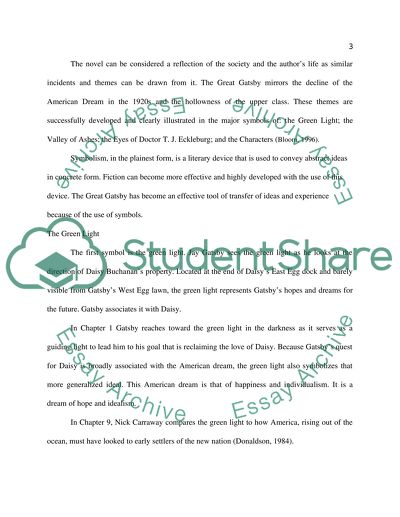Cite this document
(“Symbolism in the Great Gatsby Research Paper Example | Topics and Well Written Essays - 1500 words”, n.d.)
Retrieved from https://studentshare.org/literature/1564916-symbolism-in-the-great-gatsby
Retrieved from https://studentshare.org/literature/1564916-symbolism-in-the-great-gatsby
(Symbolism in the Great Gatsby Research Paper Example | Topics and Well Written Essays - 1500 Words)
https://studentshare.org/literature/1564916-symbolism-in-the-great-gatsby.
https://studentshare.org/literature/1564916-symbolism-in-the-great-gatsby.
“Symbolism in the Great Gatsby Research Paper Example | Topics and Well Written Essays - 1500 Words”, n.d. https://studentshare.org/literature/1564916-symbolism-in-the-great-gatsby.


